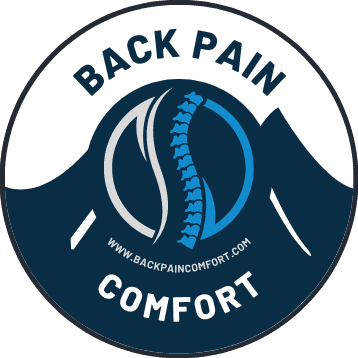
Dealing with sciatica pain can be a frustrating and limiting experience. The sharp, burning sensation that runs down your lower back, through your hips, and even into your legs can disrupt daily life. However, with the right approaches, you can ease the pain and improve your mobility.
In this post, we’ll explore five effective tips that can help alleviate sciatica pain and prevent flare-ups. These strategies are simple yet powerful tools you can use daily to manage your discomfort.
1. Stretch Regularly
One of the most effective ways to relieve sciatica pain is through regular stretching. Stretching helps to release tension in the muscles surrounding your lower back, which can ease the pressure on the sciatic nerve. Focus on stretches that target the hamstrings, lower back, and hips, such as the seated forward bend or knee-to-chest stretch. These movements can enhance flexibility and reduce pain over time.
2. Strengthen Core Muscles
Weak core muscles can contribute to poor posture and additional stress on your lower back, exacerbating sciatica pain. By strengthening your core, you provide better support for your spine, which can help reduce pressure on the sciatic nerve. Simple exercises like planks, bridges, and bird-dog movements are excellent for building core strength and improving overall stability.

3. Practice Good Posture
Posture plays a critical role in managing sciatica pain. Slouching or sitting in improper positions for extended periods can put unnecessary strain on your lower back and worsen your condition. To promote good posture, try to sit up straight, avoid crossing your legs, and use lumbar support cushions while sitting. This simple adjustment can make a big difference in your pain levels.
4. Use Heat and Cold Therapy
Alternating between heat and cold therapy is a quick and effective way to manage sciatica pain. Applying heat helps to relax tight muscles and increase blood flow, while cold therapy reduces inflammation and numbs the sharp pain. Use a heating pad for 15 to 20 minutes, followed by an ice pack for the same amount of time to get the best results.
5. Stay Active
Although it might be tempting to rest and avoid movement when you’re in pain, staying active is crucial for sciatica recovery. Low-impact activities like walking, swimming, or cycling help improve blood circulation and strengthen muscles without putting too much strain on your back. Regular movement can prevent stiffness and reduce the severity of future sciatica flare-ups.
Sciatica pain doesn’t have to control your life. By incorporating these five tips into your daily routine, you can reduce discomfort, improve mobility, and enhance your quality of life. It may take some time for these strategies to work, but with consistency, you’ll see significant improvements in managing your sciatica symptoms.






